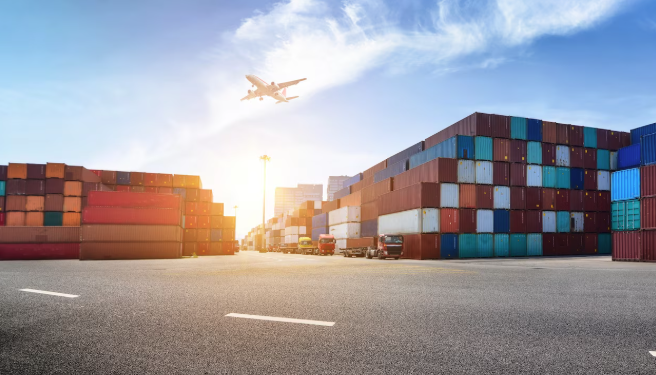The trade relationship between China and Italy is a testament to global economic synergy. In 2023, this bond was stronger than ever, with China solidifying its position as Italy’s third-largest import partner, trailing only EU neighbors Germany and France. With a staggering import volume exceeding US$71.7 billion, the demand for efficient and reliable shipping from China to Italy has become a critical component of international trade. For businesses looking to capitalize on this thriving corridor, understanding the logistics landscape is essential.
The Foundation of a Robust Trading Partnership
The steady growth in trade volume is no accident. China’s unparalleled manufacturing capabilities offer Italian businesses competitive prices and an immense variety of products, from raw materials to finished goods. This has made China an indispensable trading partner, not just for Italy, but for the world. Conversely, Italy exports its world-renowned expertise in machinery, luxury automobiles, high-end fashion, and gourmet food to the Chinese market. This symbiotic exchange fuels a continuous flow of goods across continents, necessitating a robust shipping infrastructure.
Navigating the Shipping Journey from China to Italy
For importers, the process of shipping from China to Italy involves several key steps and decisions. The first is choosing the right Incoterms (International Commercial Terms), such as EXW, FOB, or CIF, which clearly define the responsibilities and costs for both the buyer and the seller. This foundational agreement sets the stage for the entire logistics chain.
The next critical decision is selecting the mode of transport. The two primary options are:
- Sea Freight: This is the most common and cost-effective method for shipping large volumes of goods. Major Chinese ports like Ningbo, Shanghai, and Shenzhen have direct and frequent connections to Italian hubs such as Genoa, Trieste, and Naples. Sea freight is ideal for heavy machinery, bulk textiles, and container loads of furniture and electronics—all key Chinese exports to Italy. While transit times are longer, typically taking 30-45 days, the savings for non-urgent cargo are significant.
- Air Freight: For high-value, time-sensitive, or perishable goods, air freight is the preferred choice. Shipping electronics, samples, or luxury items via air can reduce transit time to just 2-5 days. While considerably more expensive than sea freight, it offers unmatched speed and security, linking airports like Beijing Capital or Shanghai Pudong directly to Milan Malpensa or Rome Fiumicino.
Completing the Process: Customs and Final Delivery
Regardless of the shipping method, navigating Italian customs is a mandatory step. Proper documentation is paramount. This includes a commercial invoice, packing list, and a certificate of origin. Many businesses partner with experienced freight forwarders who can handle customs clearance, ensuring all regulations are met and avoiding costly delays. Once cleared, goods are transported from the port or airport to their final destination within Italy via truck or rail, completing the shipping from China to Italy journey.
In conclusion, the vibrant trade between China and Italy presents immense opportunities. By understanding the intricacies of logistics—from choosing the right shipping method to ensuring smooth customs clearance—businesses can seamlessly bridge the gap between these two economic powerhouses and fully capitalize on a partnership worth billions.















